The finale of the Mosquito Alert-project 2024
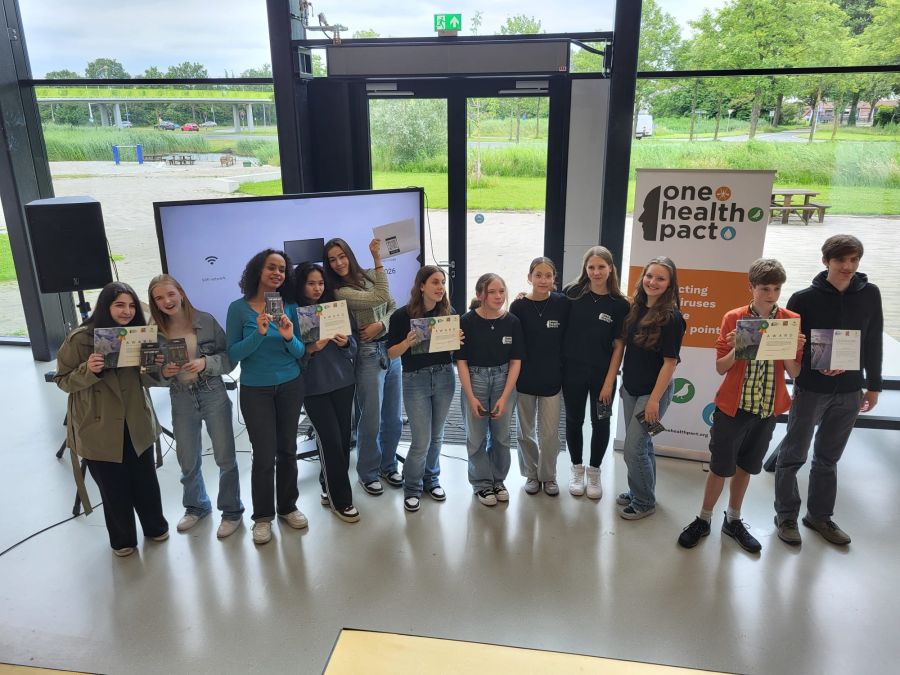
On Friday, June 14, the finale of the Mosquito Alert Citizen Science project of One Health PACT and Technasium took place. This project is organized by Prof. Eric van Gorp (Viroscience / One Health PACT) and Wilco Zwennis (Technasium), among others.
Starting in March 2024, the students from twelve Technasium schools conducted research on mosquitoes. The central question for the project this year was: “Is your own environment a suitable breeding ground for mosquitoes?”
Researcher Bijan Godzari from One Health PACT held a lecture for the students during the Masterclass Mosquito Alert-project at Avans Hogeschool in Breda last March. The Technasium students learned what scientific research is and received feedback from One Health PACT PhDs on their research question and plan of action.
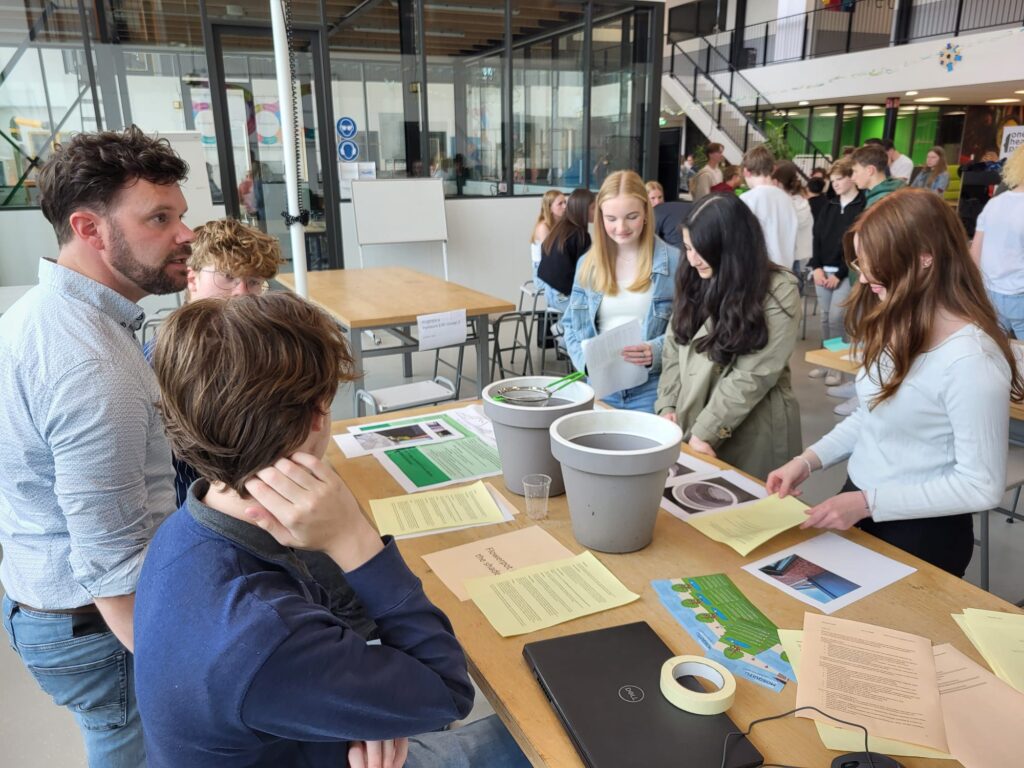
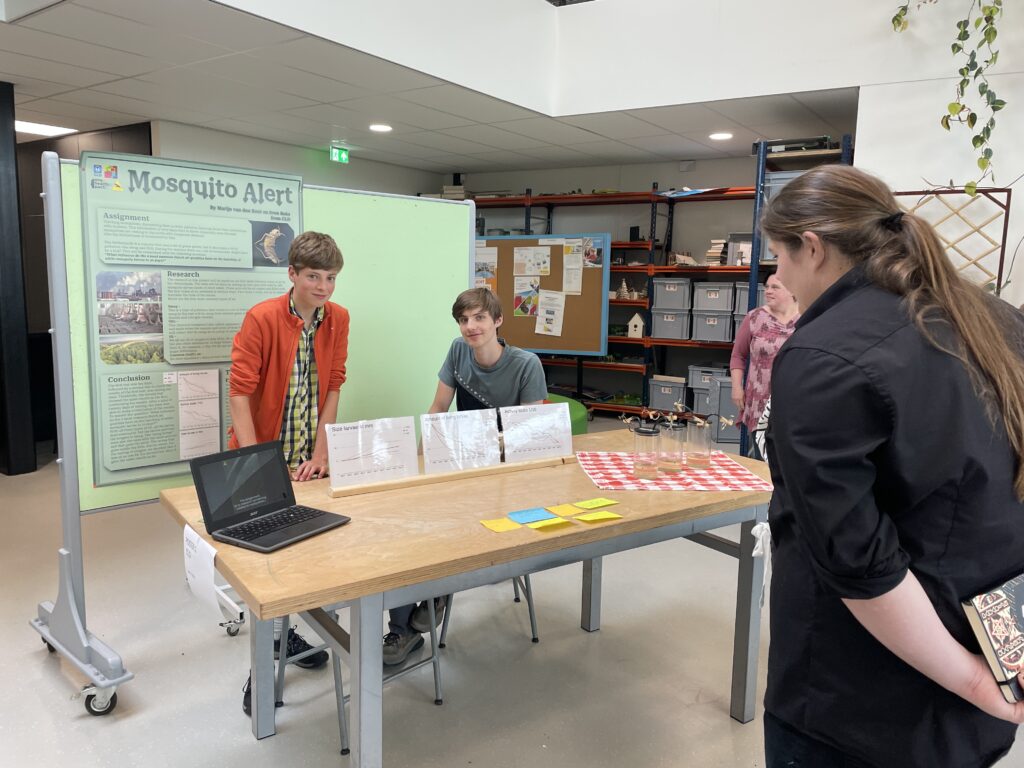
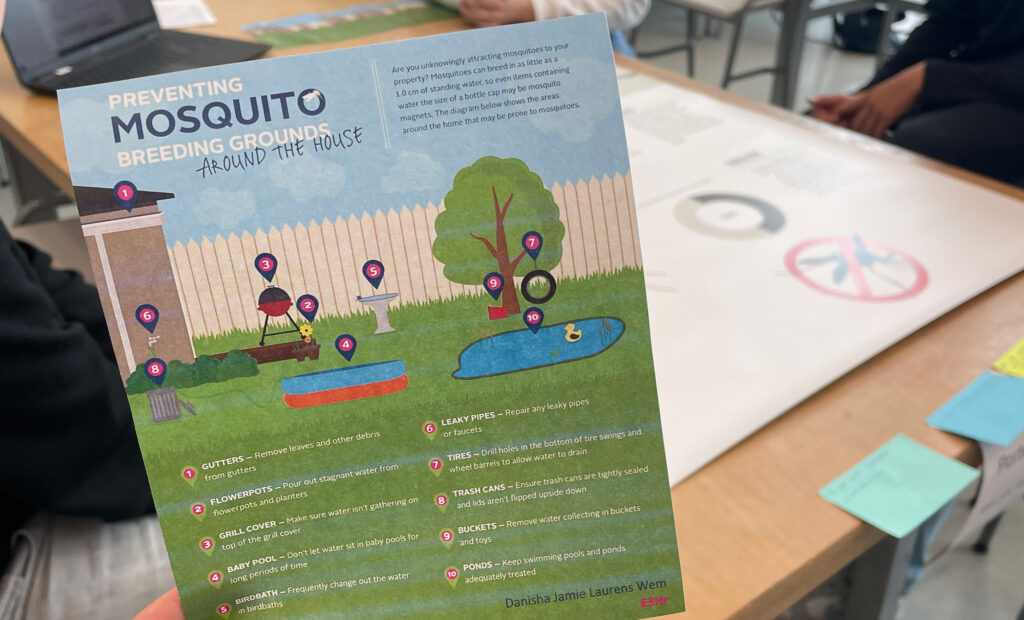
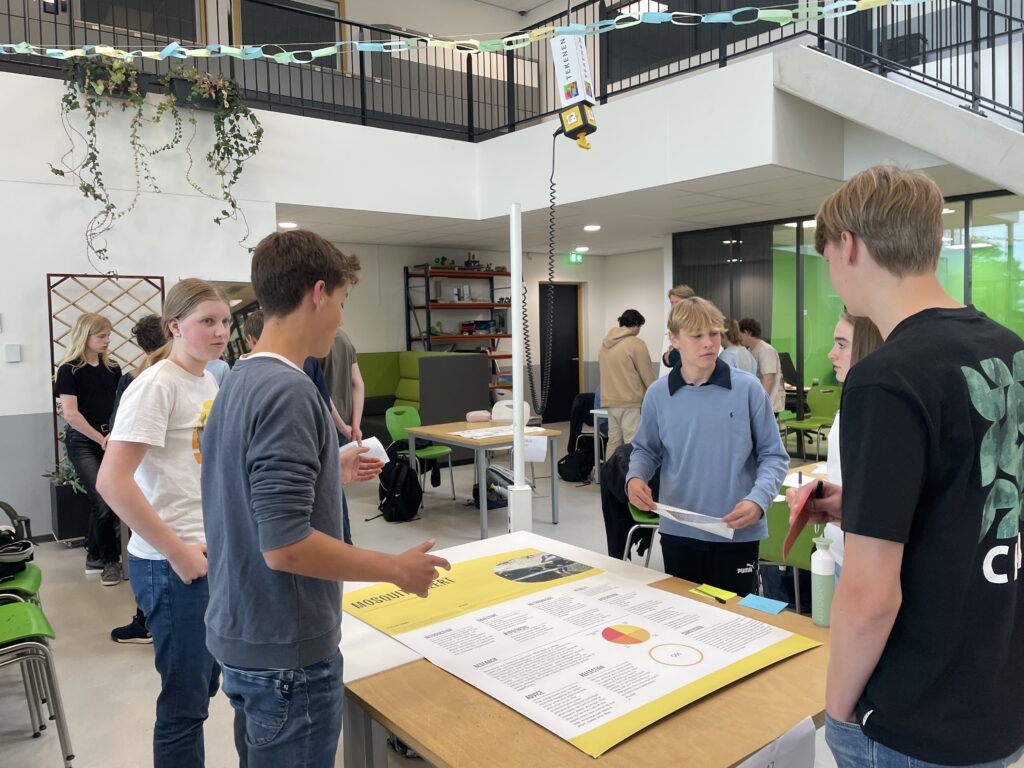
During the finale at Porteum in Lelystad the Technasium students from Northgo College, Ubbo Emmius, Christelijk Lyceum Delft, Eligant Lyceum, and Porteum pitched the results of their research via self-made posters. Some students even took their research with them!
Marion Koopmans also attended via a short video and thanked the students for their contribution and told how happy she was with the help towards the research.
After the presentations, it was time for the awards ceremony! The students could win awards in four categories: Greatest Impact Made, Most Inspiring Content, Greatest Creativity and the Audience Award.
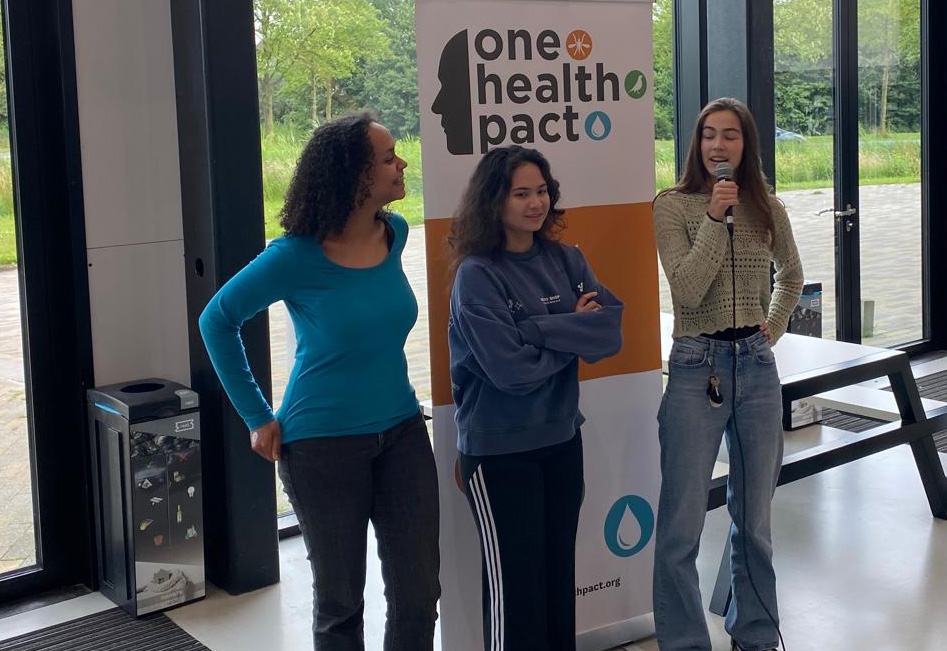
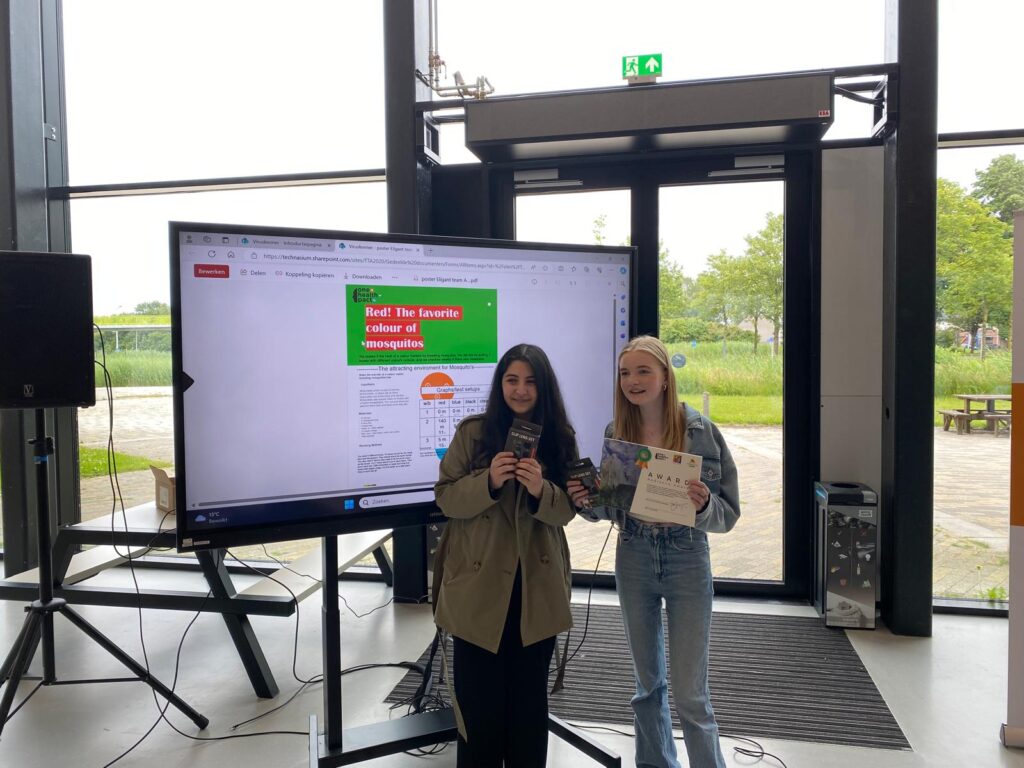
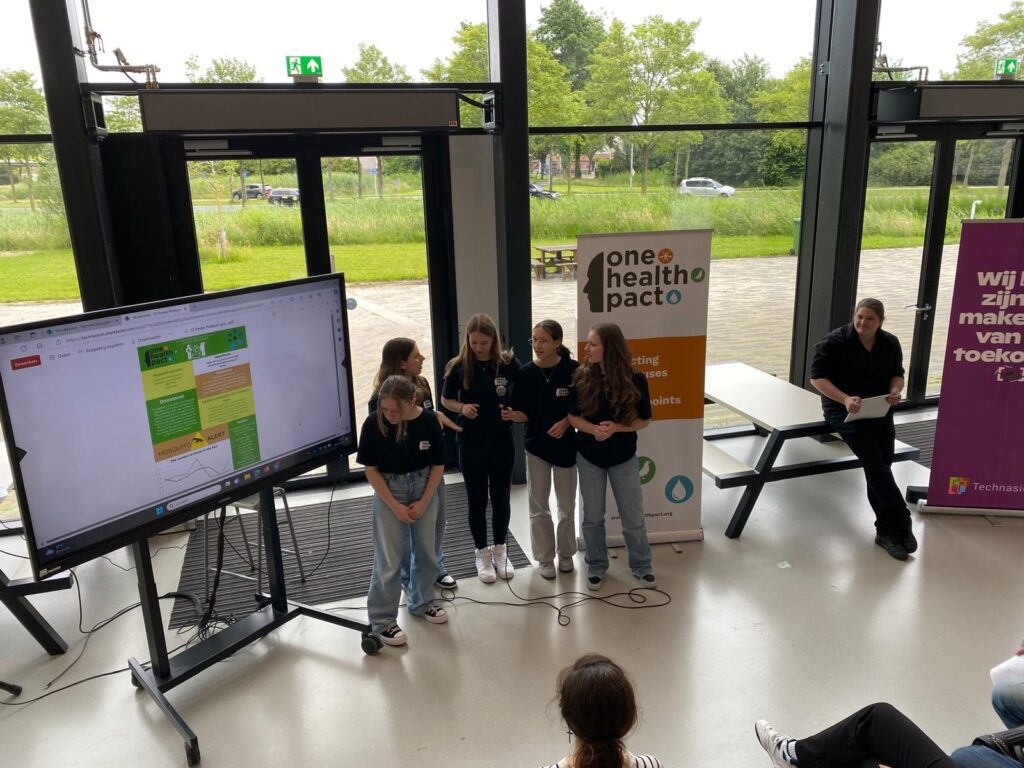
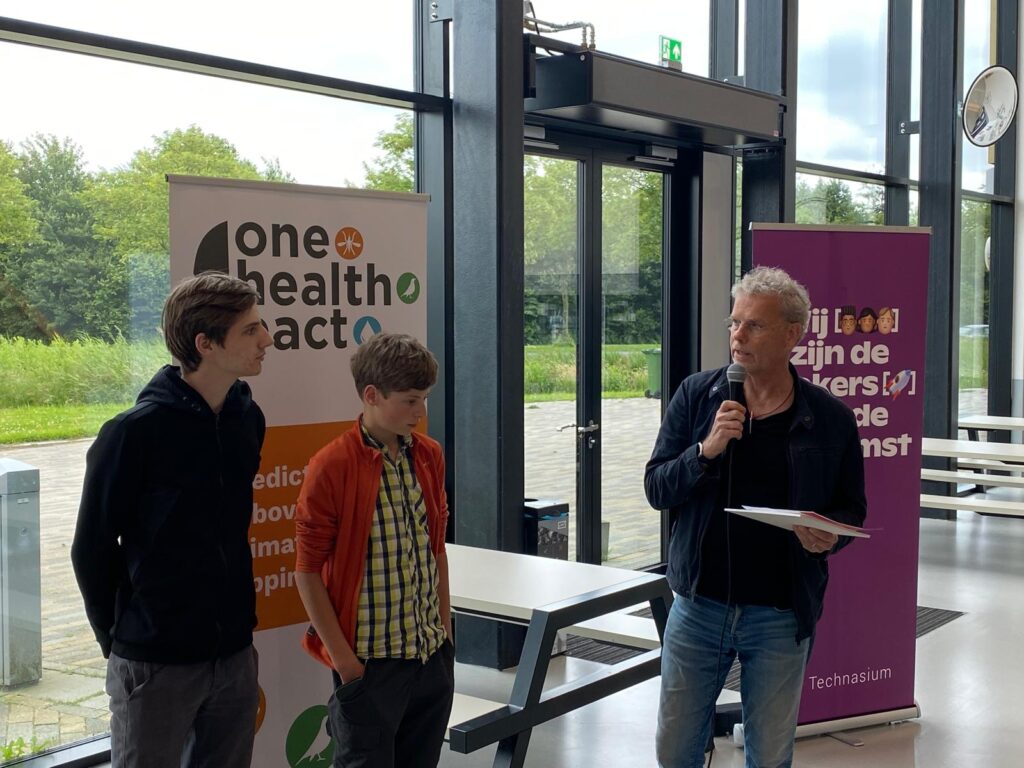
Winner of the Greatest Impact Made Award
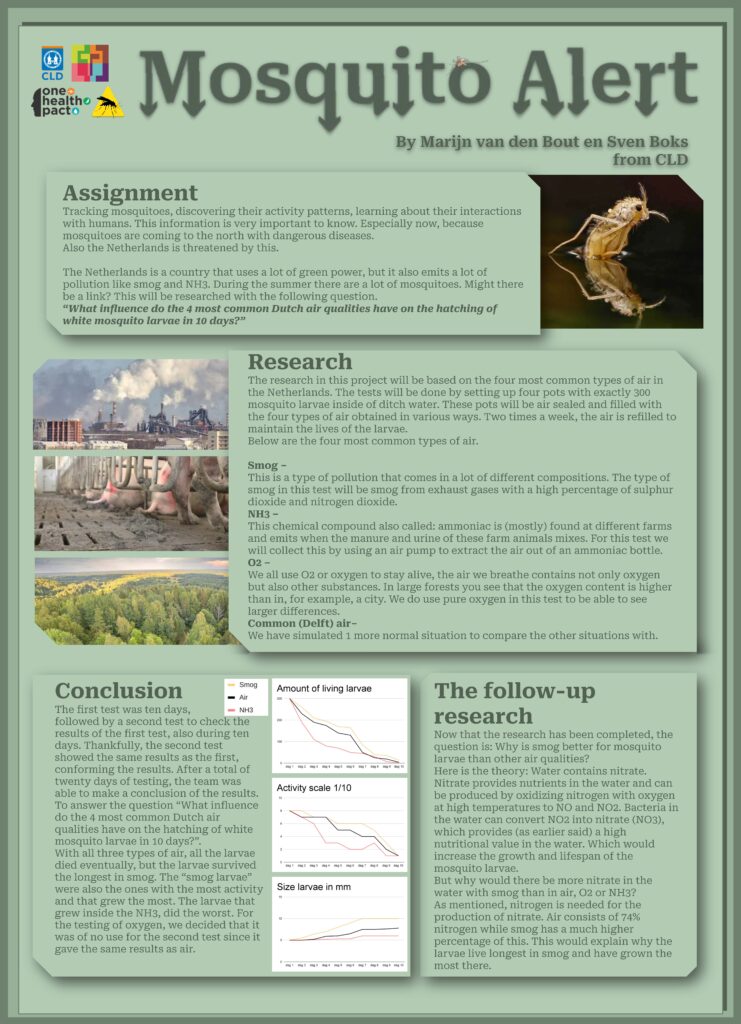
Research question
“What influence do the 4 most common Dutch air qualities have on the hatching of
white mosquito larvae in 10 days?”
The research in this project is based on the four most common types of air in The Netherlands: smog, NH3, O2 and Common air.
With all three types of air, all the larvae died eventually, but the larvae survived the longest in smog.
They followed up with a second research question: “Why is smog better for Mosquito Larvae than other air qualities?” Their theory: Water contains nitrate. Nitrate provides nutrients in the water and can be produced by oxidizing nitrogen with oxygenat high temperatures to NO and NO2. Bacteria in the water can convert NO2 into nitrate (NO3), which provides a high nutritional value in the water. Which would increase the growth and lifespan of the mosquito larvae.
Winner of the Most Inspiring Content Award
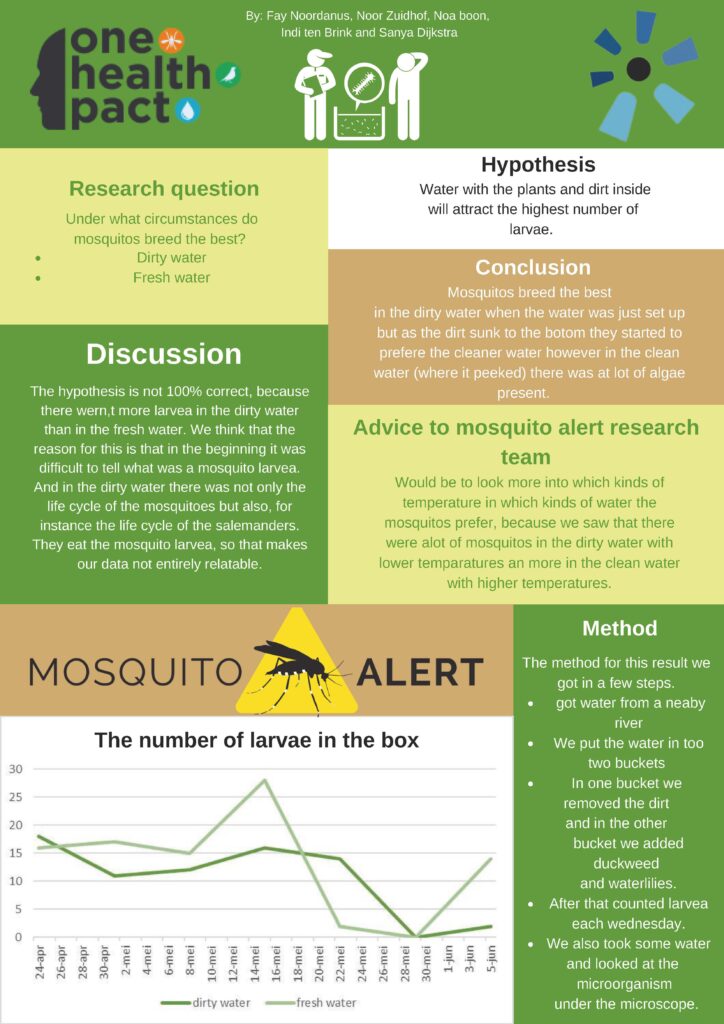
Research question
“Under what circumstances do Mosquitos breed the best? Fresh water or dirty water?”
Their hypothesis was that water with the plants and dirt inside will attract the highest number of larvae. Their hypothesis is not 100% correct. This depended on a few factors. In the dirty water there was not only the life cycle of the mosquitoes but also the life cycle of the salamander!
The salamander ate the mosquito larvae. They followed up their research and found more micro-organisms.
However, during their research they did get results which led to the following conclusion: Mosquitos breed the best in dirty water when the water was just set up. But as the dirt sunk to the bottom they started to prefer the cleaner water. However in the clean water there was a lot of algae present.
Winner of the Greatest Creativity Award
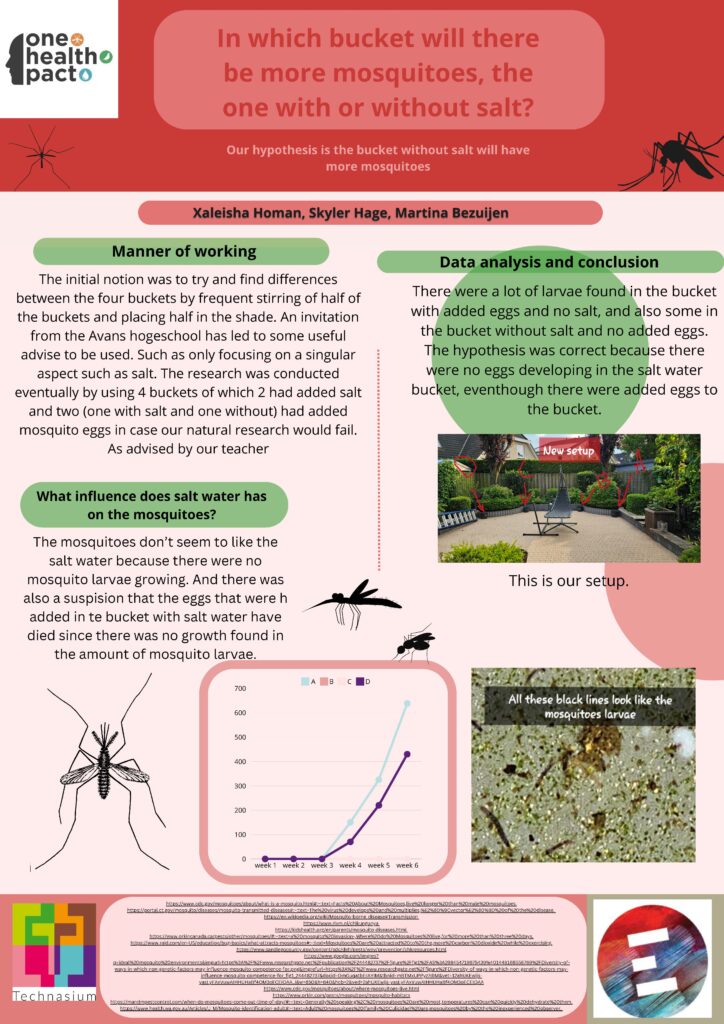
Research question
“In which bucket will there be more mosquitoes, the one with or without salt?”
Their hypothesis was that the bucket without salt will have more mosquitoes. They focused their research on a singular aspect such as salt. The research was conducted by using 4 buckets of which 2 had added salt and two (one with salt and one without) had added mosquito eggs in case our natural research would fail.
There were a lot of larvae found in the bucket with added eggs and no salt, and also some in the bucket without salt and no added eggs. The hypothesis is correct because there were no eggs developing in the salt water bucket, even though there were eggs added to the bucket.
Winner of the Audience Award
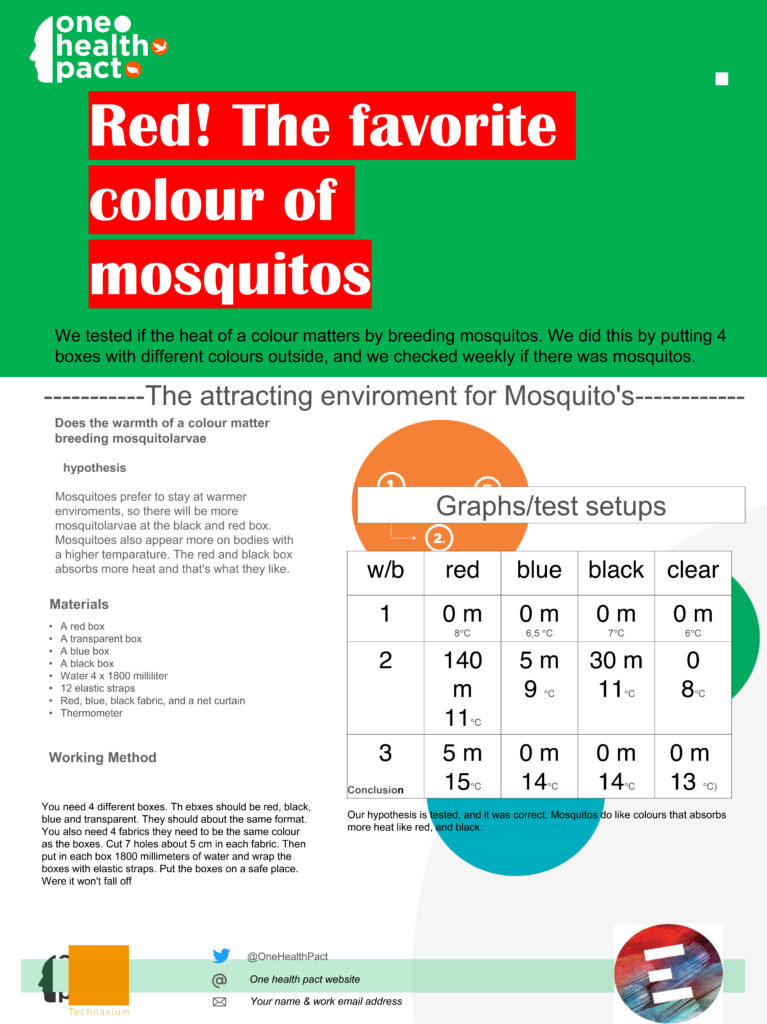
Research question
“Does the warmth of a colour matter breeding mosquito larvae? ”
Their hypothesis was mosquitos prefer to stay at warmer environments, so there will be more mosquito larvae in the black and red box.
They used four buckets with these colours: red, black, blue and transparent. All these boxes are the same size and are made from the same fabric.
Their hypothesis was correct. Mosquitos do like colours that absorb more heat.
Afterwards, all students received a certificate as proof of participation and then it was time to enjoy the weekend!